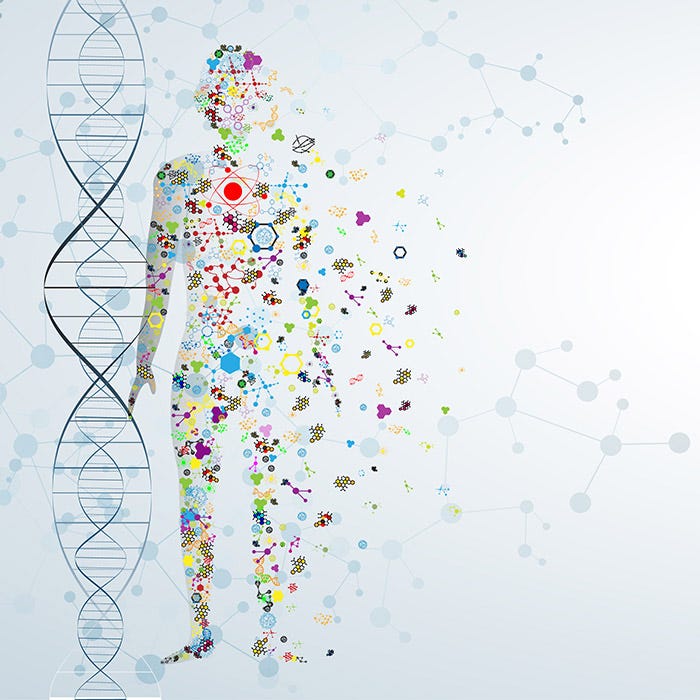Word of the Day: Exposome
You are what you are exposed to.
The exposome is a concept used to describe environmental exposures that an individual encounters throughout life, and how these exposures impact biology and health. It encompasses both external and internal factors, including chemical, physical, biological, and social factors that may influence human health.
The study of the exposome has become a useful tool in understanding the interplay between genetics and environmental factors in the development of diseases, with a particular focus on chronic conditions. The concept has been widely applied in fields such as epidemiology, toxicology, and public health, among others, and has led to significant advances in our understanding of disease etiology and prevention.
[…]
The term "exposome" was coined in 2005 by Dr. Christopher Wild, then-director of the International Agency for Research on Cancer (IARC), in a seminal paper published in Cancer Epidemiology, Biomarkers & Prevention. Wild's concept was initially proposed to complement the human genome, as he recognized the limitations of genetic research in explaining the etiology of chronic diseases. By suggesting a systematic approach to measuring environmental exposures, the exposome aimed to fill this knowledge gap.
Various definitions of the exposome have been proposed over time, but most emphasize three main components: the external exposome, the internal exposome, and the biological response. The external exposome includes general external factors, such as air pollution, diet, and socioeconomic factors, as well as specific external factors like chemicals and radiation. The internal exposome comprises endogenous factors, such as hormones, inflammation, oxidative stress, and gut microbiota. Finally, the biological response refers to the complex interactions between the external and internal exposome factors and their influence on an individual's physiology and health.
‘Exposome’ hasn’t made it to conventional dictionaries, yet.
Everywhere they look, they find particles of pollution, like infinite spores in an endless contagion field. Scientists call that field the “exposome”: the sum of all external exposures encountered by each of us over a lifetime, which portion and shape our fate alongside genes and behavior. Humans are permeable creatures, and we navigate the world like cleaner fish, filtering the waste of civilization partly by absorbing it.
There is plastic in salty sea foam freshly sprayed by crashing waves, in dreamy Japanese mountaintop clouds and in the breath of dolphins. When scientists test Antarctic snow, or the ice upon Mount Everest, plastics are there. When, in 2019, an explorer reached the ocean’s greatest depths in the otherworldly Mariana Trench, he found that plastics had beaten him there, too, miles past the reach of natural light.
Plastic is now threaded through the flesh of fish, where it is interfering with reproduction, and the stalks of plants, where it is interfering with photosynthesis, and in much else we place upon our dinner plates and set about eating. There might be plastic in your saliva, and almost certainly in your blood. Plastic has been found in human hearts and kidneys and other organs, in the breast milk expressed by new mothers and on both sides of their placentas. And because plastic has been found in ovarian follicular fluid and testicular tissue and in the majority of sampled human sperm, it is already embedded in not just the yet-to-be-born but the yet-to-be-conceived.
The penetration appears so complete that some researchers have begun to worry that their methods, too, are compromised by ambient contamination and plastic materials in the lab. Some have called for whole new protocols to systematically stress-test the findings of their colleagues, which seem on first blush simply impossible. But to trust their findings is to believe, for instance, that the buildup inside brain tissue has grown 50 percent in just eight years, and that, as of last year, there might be inside your skull the equivalent of a full plastic spoon — by weight perhaps one-fifth as much polymer as there is brainstem in there.
| David Wallace-Wells, You Are Contaminated


